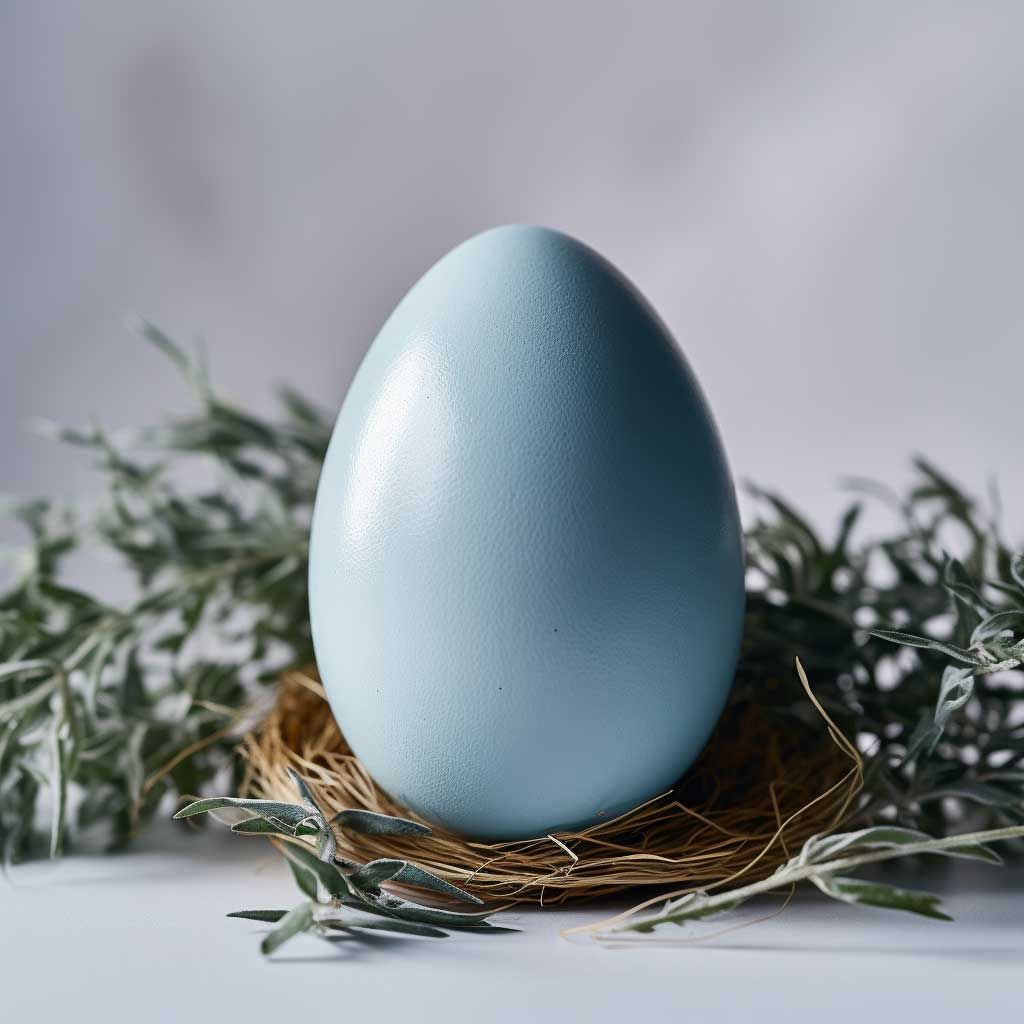Understanding Different Chicken Egg Colors

Cracking Open the Mystery: The Wonderful World of Chicken Egg Color 🌈🥚
Hello to all my fellow poultry pals out there!
I was gazing at my egg basket the other morning, marveling at the rainbow of colors that my backyard chickens have blessed me with. It struck me how these colorful eggs are not just tasty but also a feast for the eyes! So, I decided to sit down, with a cup of tea in hand, and delve into the fascinating topic of chicken egg color. Join me as we explore why our hens lay such a dazzling array of hues, from the common brown to the rare blue!
1. Brown, White, Blue – How Do They Do It? 🎨🐔
It all begins with genetics. Hens inherit genes from their parents that determine the color of eggs they will lay. The eggshell’s primary color is white. But, depending on the hen’s genetics and specific pigments they produce, colors like blue or brown get added during the egg-laying process.
A Splash of Brown:
The most common egg color out there! Hens produce a pigment called protoporphyrin IX that gets deposited on the egg’s surface, giving it the brown shade. The longer the egg spends in the shell gland, the deeper the brown shade. Ever noticed those lovely speckled chicken eggs? Those are the result of pigment being splattered on an already formed shell.
A Touch of Blue:
Hens that lay blue eggs produce a pigment called oocyanin. Unlike brown pigment which gets added at the end, oocyanin permeates through the shell. This means if you were to break a blue egg, the inside of the shell would also be blue!
White and Pristine:
No added pigment here! White eggs remain in their original state, and the egg’s natural color shines through.
2. Breeds and Their Signature Hues ✍️🐥
Your backyard chickens are not just a source of fresh eggs but a color palette waiting to be explored. Different breeds are known for laying specific colors.
- Rhode Island Reds and Plymouth Rocks are famous for their medium to dark brown eggs.
- Dreaming of blue eggs? Look no further than the Araucana or Cream Legbar.
- For a greenish tint, Easter Eggers are your go-to girls.
- And of course, the classic White Leghorn gives us those pristine white eggs.
3. Beyond the Shell – Does Color Affect Taste? 👅🍳
This is the golden (or should I say, yolken?) question. Do brown eggs taste better than white? Are blue eggs a gourmet treat? Here’s the scoop: the egg’s flavor is not determined by its shell color. Factors like the hen’s diet, the freshness of the egg, and how it’s cooked play a more crucial role. So, whether it’s brown, blue, or white, if your chickens are well-fed and happy, those eggs will be delish!
4. A Spectrum of Health? 🌡️🍽️
While the color of eggs doesn’t influence taste, many folks wonder about the nutritional differences. Again, the color doesn’t play a direct role. However, the diet and lifestyle of the hen can. Pasture-raised hens, for instance, may produce eggs with richer yolks due to their varied diet.
5. Show Off Your Colorful Eggs! 🌟🌈
One of the joys of raising backyard chickens is the rainbow of colorful eggs they gift us. Why not show them off?
- Egg Basket: Nothing like a basket of multicolored eggs to brighten up your kitchen.
- Egg Crafts: Use those shells to make beautiful crafts or even natural Easter eggs.
- Egg-cellent Gifts: Share the bounty with neighbors and friends. It’s a great conversation starter!
Wrapping Up Our Colorful Journey 🎁🛤️
There you have it, my friends! The world of chicken egg color is as vibrant and varied as the feathers on our lovely hens. Whether you’re a seasoned chicken keeper or just starting out, I hope this adds a little color to your day. Remember, regardless of the hue, each egg is a testament to the health, happiness, and harmony of your backyard flock.
Feeling egg-cited or have a cracking story to share about your colorful eggs? Drop it in the comments below. Let’s continue to share, learn, and celebrate the wonders of backyard chickens together. Until next time, keep those eggs colorful and your chickens clucking! 🐔🎨🥚🌈
